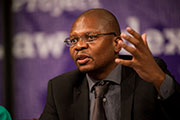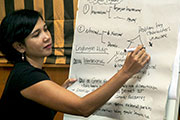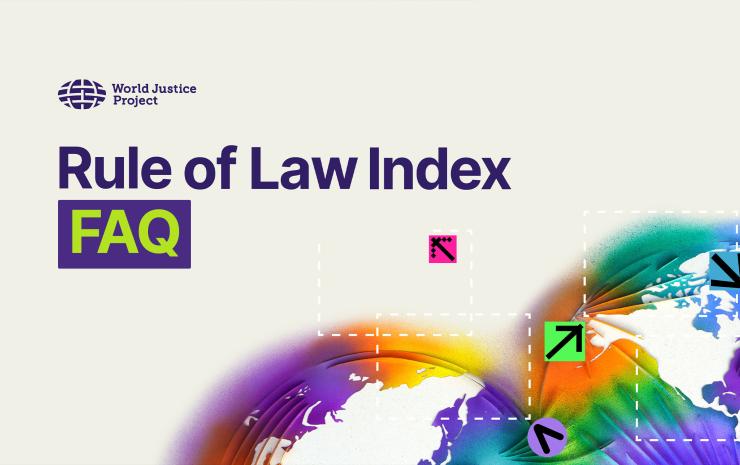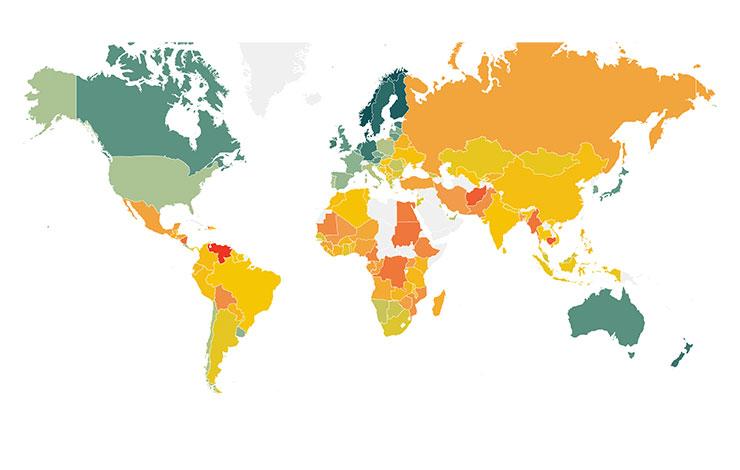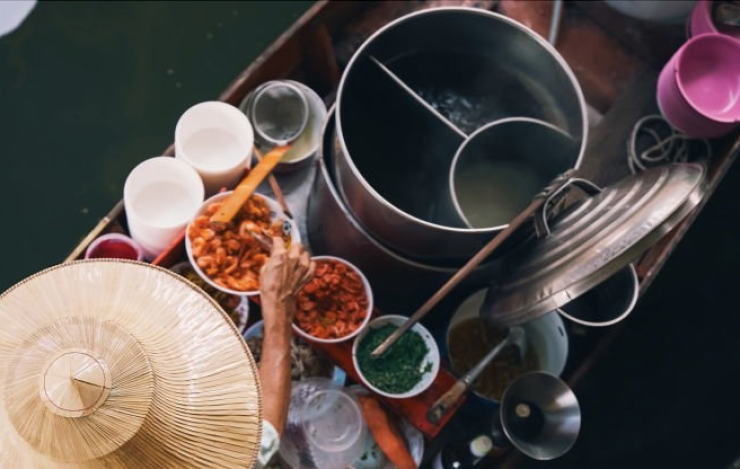
2013 Theme: "Indigenous peoples building alliances: Honouring treaties, agreements and other constructive arrangements"
The International Day of the World's Indigenous People (9 August) was first proclaimed by the General Assembly in December 1994, to be celebrated every year during the first International Decade of the World's Indigenous People (1995 - 2004).
The theme aims to highlight the importance of honouring arrangements between States, their citizens and indigenous peoples that were designed to recognize indigenous peoples' rights to their lands and establish a framework for living in proximity and entering into economic relationships. Agreements also outline a political vision of different sovereign peoples living together on the same land, according to the principles of friendship, cooperation and peace.
The rule of law, formulated to mitigate the powerful and expand access to power to the vulnerable, has often failed indigenous peoples on multiple grounds. Slavery, dispossession, and genocide, form a foundation in the contemporary historical experience of indigenous societies in every reach of the globe. Challenges exist to this day.
In the United States, Native American communities often live below the poverty line, struggling with unemployment and incarceration, staggering levels of sexual assault, and without access to basic goods and services. In Europe, Roma peoples are assaulted and denied basic rights to education and health care, and are often denied citizenship or legal identification due to perceptions of their transient communities. In Brazil, communities in the Amazon are targeted by traffickers to fuel the logging and ranching industries, with men taken for labor and women and children for sex work. In Indonesia, West Papuans have been fighting for nearly a century for human rights and independence, facing obstacles from both state and international actors, including extractive resource business interests. Although the Universal Declaration of Human Rights is designed to protect the human rights of all individual human beings, receiving global recognition and acceptance, international law concerning collective human rights remains vague and can fail to protect the group rights of Indigenous Peoples.
Though the past is littered with challenges, indigenous communities continue fighting for their present and future. The international legal framework-as well as regional and non-governmental organizations-has become an avenue of remand and recourse for communities in crisis. In 2007, the UN proclaimed the United Nations Declaration on the Rights of Indigenous Peoples. As the UN Special Rapporteur on the situation of human rights and fundamental freedoms of indigenous people, Mr. S. James Anaya, stated in his August 2008 report, UNDRIP thus constitutes, "an authoritative common understanding, at the global level, of the minimum content of the rights of indigenous peoples, upon a foundation of various sources of international human rights law -- The principles and rights affirmed in the Declaration constitute or add to the normative frameworks for the activities of United Nations human rights institutions, mechanisms and specialized agencies as they relate to indigenous peoples." The final version of the Declaration was adopted with a landslide affirmative vote of 144 states in the General Assembly: the four against votes belonged to the United States, Australia, and New Zealand (each with noted records of violation of indigenous rights).
"We must ensure the participation of indigenous peoples - women and men - in decision-making at all levels. This includes discussions on accelerating action towards achieving the Millennium Development Goals and defining the post-2015 development agenda. " - Secretary-General Ban Ki-moon
WJP is working with several programs advancing the rule of law for indigenous communities around the world:
Protecting Indigenous Workers' Rights in Oaxaca
Mexico's indigenous population is at the highest risk of discrimination in the workplace. The marginalization of indigenous people is pervasive throughout the country, but it is especially apparent in employment environments where indigenous workers face a disproportionate number of labor rights violations, including abusive and illegal labor practices, dangerous working conditions, threats and harassments, and hostile work environments. To address such discrimination in the workplace, DePaul University's International Human Rights Law Institute partnered with a local NGO in Mexico, the Centro de Derechos Humanos y Asesoria a Pueblos Indigenas (CEDHAPI), to provide legal training for both employers and indigenous workers on labor rights in the Oaxaca region of Mexico. Through week-long training workshops for indigenous workers, the program increased legal literacy and awareness of workers' right to bargain collectively. You can learn more about this project here.
Project Model Kivalina
Kivalina is an indigenous whaling community situated off the northwestern coast of Alaska. Like many coastal communities, Kivalina's future is under threat from rising sea levels. The U.S. government has ordered the village to relocate to higher ground within ten years with the community covering the majority of the costs. In 2008, Kivalina filed a lawsuit against 24 of the largest oil, gas, and electricity companies in the U.S. for knowingly emitting greenhouse gas emissions that contributed to permafrost melt and coastal erosion in Kivalina, resulting in homes and buildings falling into the sea. Kivalina sought damages to cover the cost of the village's relocation, up to $400 million. The Ninth Circuit dismissed Kivalina v. ExxonMobil et al. in 2012, holding that the Clean Air Act (CAA) governs public nuisance global warming actions, even though the CAA does not include a provision for damages. As a result, the Court's decision leaves Kivalina without a legal remedy despite imminent threats.
This project will initiate an urgent conversation around what a sustainable and secure environment for the people of Kivalina, and for indigenous peoples of the Arctic, might look like. The model functions as a tool to activate conversations around ongoing violations of the fundamental rights of indigenous people and ethnic minorities in the United States and the need to promote equal access to civil justice. The overall objective of the project "Modeling Kivalina" is to create a series of physical models capable of representing the complex issues operating within the native whaling community of Kivalina, Alaska. The goal of these models is to promote communication between multiple stakeholders. This will be accomplished through a research process that identifies the diverse set of environmental issues that shape the landscape in combination with an examination of the institutional protocols and practices that adjudicate over these issues. You can learn more about this project here.
As we observe International Day of the World's Indigenous People, consider the challenges and injustices facing your own community and identify ways in which allying with Indigenous causes can advance equity and opportunity for all.
